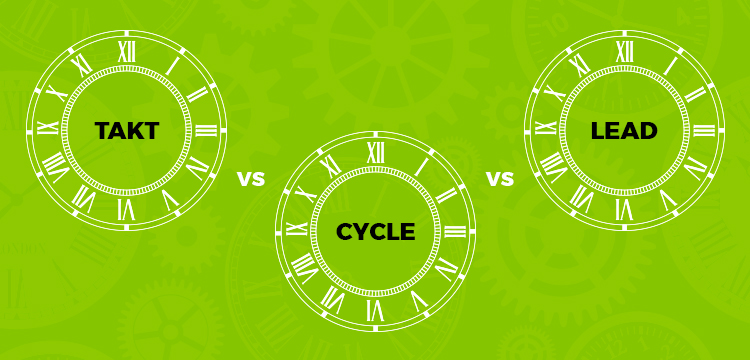The COVID-19 pandemic has led to a definitive shift towards remote work, with major companies like Twitter looking to create permanent remote teams. As a manager, one of the biggest challenges is tracking the performance of your remote team.
Remote team management goes beyond monitoring hours logged in. Your team should be able to work without direct supervision and achieve their targets.
In this article, we will look at five ways managers can track the performance of their teams. Let’s dive in!
1) Online collaboration tools
The performance of your remote team will depend significantly on how well they communicate. It’s a good idea to have some communication tools such as Slack, Trello, or Asana that you can use for this purpose. These platforms also allow you to integrate other tools like human resources, customer relationship management, and tech support.
You should have communication channels in place for your entire team and each member. Channels like Slack, Microsoft Teams, and OpenGrowth Hub allows teams to get together on a single chat window and create a shared virtual workspace. You can also message each team member.
These channels help you address gaps in communication that may be leading to delays or errors. They also help you keep track of inter-team communication and ensure that the workflows seamlessly between departments.
In addition to creating a shared workspace, these tools help create a virtual common meeting point, a virtual water cooler. Employees can create informal group chats and stay in touch outside of the formal spaces. They also allow employees to reach out to people from different departments easily.
Project management tools like Asana, Monday, or Trello are also great tools for remote team management. These help you get a snapshot of your deliverables and help you identify where you are going wrong. You can see in the image above that Trello allows you to have different columns for each stage of the task. You can choose to add other people to various boards and track their performance against the tasks assigned.
2) Track productivity
Typically, remote teams offer flexibility in work hours, mainly if the team members are scattered across different countries. It might be tempting to tie in productivity with the hours worked. However, that is not an accurate measure of how your team is performing.
You need to set concrete objectives and key results (OKRs) to define the major areas your team should focus on. With expectations and priorities defined, your team can work towards a common goal. You can track these OKRs on a weekly, monthly, or even quarterly basis depending on the nature of the work.
Productivity then becomes more focused on meeting targets. It is good practice to break down goals into daily or weekly tasks. It is good practice to break down goals into daily or weekly tasks detailed in your performance management software. Doing this helps you offer timely feedback at each stage to improve productivity.
You can also look at the time taken to complete routine tasks. It helps you set a standard for individual performance. However, try not to micromanage your team using this metric. Instead, use this to see where the employee may be struggling and offer to help them improve their skills.
Online time tracking tools can also help you in remote team management. They can be invasive, so make sure that you do your research to find the best tool.
3) Regularly check in with the employees.
One of the biggest problems in remote team management is employee isolation. A study estimates that collaboration and loneliness are two of the most significant issues remote workers face. As a manager, you should regularly check in with your employees to see if they are managing the pressures of remote work. It is no secret that happy employees are more productive and tend to stick around longer.
Talking to your employees is not just about company morale. It also helps you identify crucial skills gap. For instance, the employee may have too much work on their plate or need help developing a new skill. You can schedule daily or weekly check-ins so the team can share common issues and brainstorm ideas to improve performance. You can also set up OKR check-in calls for the team or individually to ensure that the team is headed in the right direction.
You can also use these calls to check up on the mental health of your employees. Sometimes a dip in productivity is not just about competence. As a manager, you should ensure that employees are not feeling burnt out and maintain a work-life balance.
Regular check-ins are beneficial for new employees who may not yet feel comfortable talking to managers. You can send recurring emails to employees after a particular period to schedule a call. For instance, you can send those emails two months after onboarding is complete. That gives them enough time to get used to the policies and gives you a chance to determine how they’re doing.
4) Encourage virtual socializing
Remote work does not have to mean the end of team dinners and socializing. Socializing is an essential part of building company culture and helps people feel less isolated. An informal setting is a great way to bring all the employees together and improve engagement.
Virtual team dinners, games, activities, and team-building sessions are an excellent way for your team to get to know each other. It helps them bond beyond work, which also leads to better team spirit and morale.
Socializing is also a great way for the different teams to get to know each other. With social connections, employees feel supported, which translates to better communications. That’s particularly important as in the absence of a shared physical space, and employees may not have a lot of opportunities to know people outside of their immediate teams.
According to a study, 63% of workers spend less time socializing with their team members, which should be a cause of concern for managers. Creating these informal virtual sessions can directly impact productivity and are an essential part of remote team management.
5) Build a culture of trust
Remote team management should not only revolve around tangible and work-related metrics like OKRs and revenue. It should also revolve around intangible aspects like trust, morale, and employee engagement.
Trust is at the centre of good work relationships that ensure a seamless workflow. Interpersonal issues like personality clashes may not come up at the daily team meets but must be addressed to ensure a healthy working environment. Your employee should feel comfortable with you bringing up these issues.
One way to build trust is to have a virtual open-door policy and be transparent about your company policies. That way, employees will feel they can depend on you. That helps them perform better, with or without your presence. A study estimates that people in companies with a high degree of trust between employees and managers tend to be 50% more productive and 74% less stressed.
In Closing
Managers should look at a variety of metrics for effective remote team management. To track the performance of your teams, make sure that your team has the right communication tools.
Break down their goals into smaller targets and use these tools to ensure your team accomplishes the assigned tasks. In addition, talk to your team about performance issues. Regular check-ins enable you to offer timely feedback that will help your team become more productive.
Make sure that you also keep an eye on intangible elements like morale and trust. These are vital to the performance of a remote team. When you pay attention to these, you can help ensure employees work with minimum supervision.




